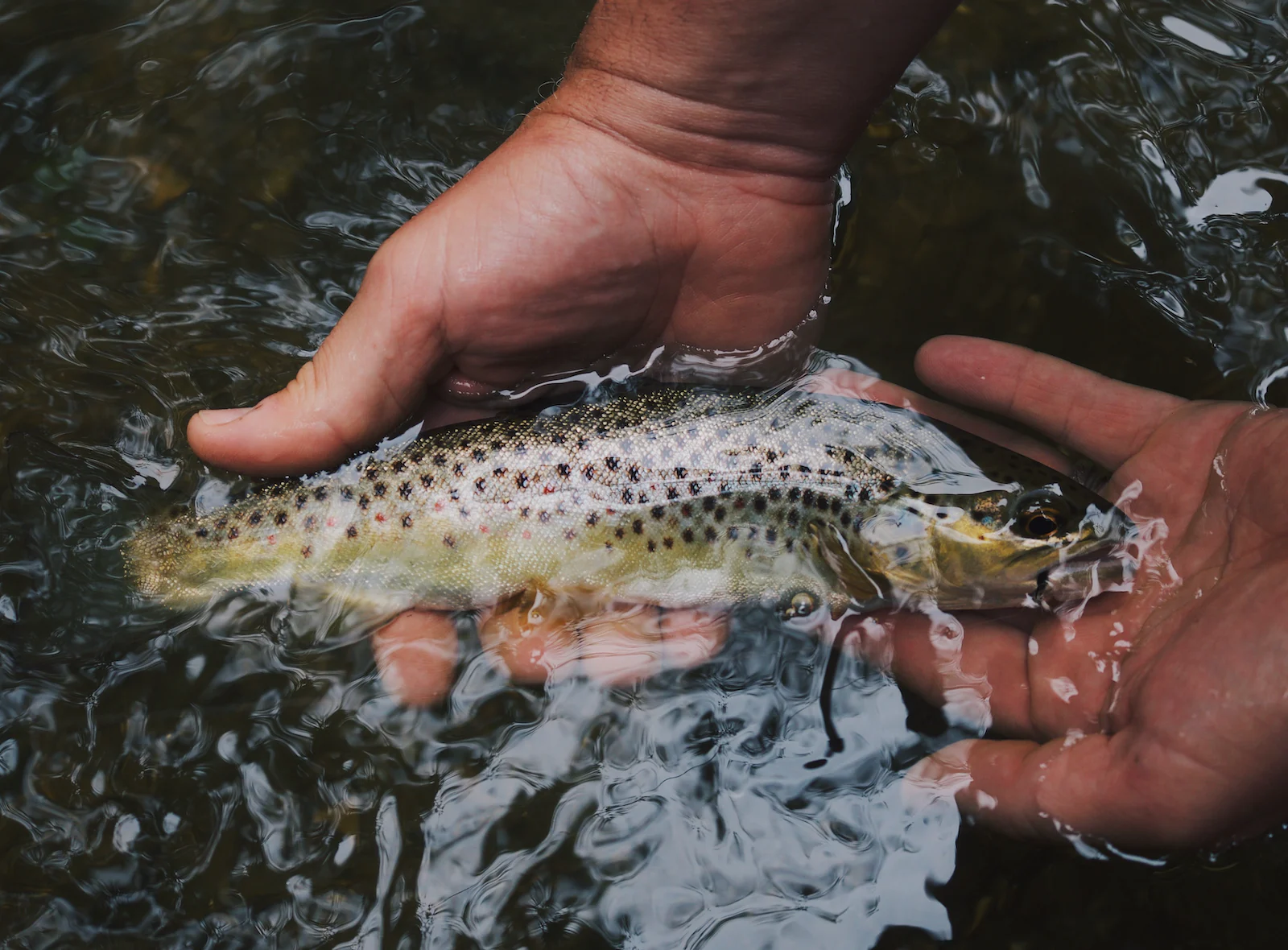Fishing has been an age-old practice that sustains communities, cultures, and economies worldwide. Yet, the delicate balance between reaping the ocean’s bounties and ensuring its long-term health has never been more critical. Fishermen, often seen as stewards of the seas, are intricately connected to the conservation of water species, a symbiotic relationship that emphasizes the need for sustainable practices. In this article, we delve into the deep waters of fishing, highlighting the profound interdependence between fishermen and the preservation of aquatic life, and how we can all play a role in safeguarding their livelihoods.
Fishermen have long recognized that their way of life depends on the vitality of aquatic ecosystems. Healthy populations of fish and other marine species ensure a sustainable catch, preserving both biodiversity and the economic foundation of fishing communities. Conversely, overfishing and harmful practices endanger not only the species at risk but also the livelihoods of those who depend on them.
For fishermen, conservation is a matter of self-preservation. Many practices, such as adhering to fishing quotas, size limits, and seasonal restrictions, are geared toward preserving fish populations for future generations. This ensures that the seas continue to provide sustenance and livelihoods for years to come.
Sustainable fishing practices
- Selective fishing: Utilize methods that target specific species while minimizing bycatch, which includes unintentional capture of non-target species. This reduces waste and allows other species to thrive.
- Gear innovation: Adopt fishing gear that minimizes environmental impact, such as traps, pots, or hooks that reduce damage to the seabed and bycatch.
- Ecosystem-based management: Recognize that aquatic ecosystems are intricate and interdependent. Focus on preserving the overall health of these ecosystems, not just individual species.
- Closed areas: Designate marine protected areas where fishing is restricted, allowing marine life to flourish and act as a refuge for fish populations.
- Community involvement: Involve local fishing communities in decision-making processes, as they hold invaluable traditional knowledge about their local waters.
How can we help?
- Choose sustainable seafood: Opt for seafood that is sustainably sourced.
- Support legislation: Advocate for and support policies that promote sustainable fishing practices and protect marine ecosystems.
- Educate others: Raise awareness about the importance of sustainable fishing and the impact of consumer choices on fishermen and the environment.
- Reduce plastic use: Plastic pollution affects marine life. Reduce plastic consumption to help maintain a healthy ocean ecosystem.
- Participate in clean-up efforts: Join beach clean-up events to prevent debris from entering the oceans and harming marine species.
The conservation of water species is a shared responsibility, involving not only fishermen but also every individual who values healthy oceans and thriving fishing communities. As we recognize the delicate dance between harvesting from and preserving the seas, we must actively support sustainable practices that secure the livelihoods of fishermen and the future of our aquatic ecosystems.
TYT Newsroom



